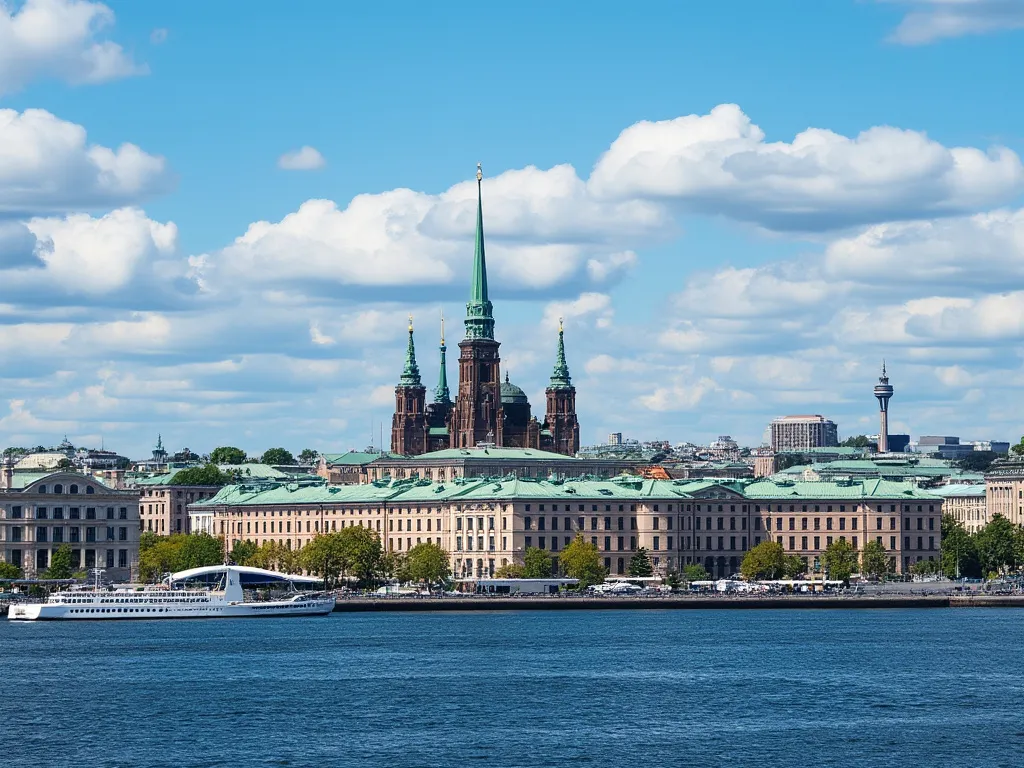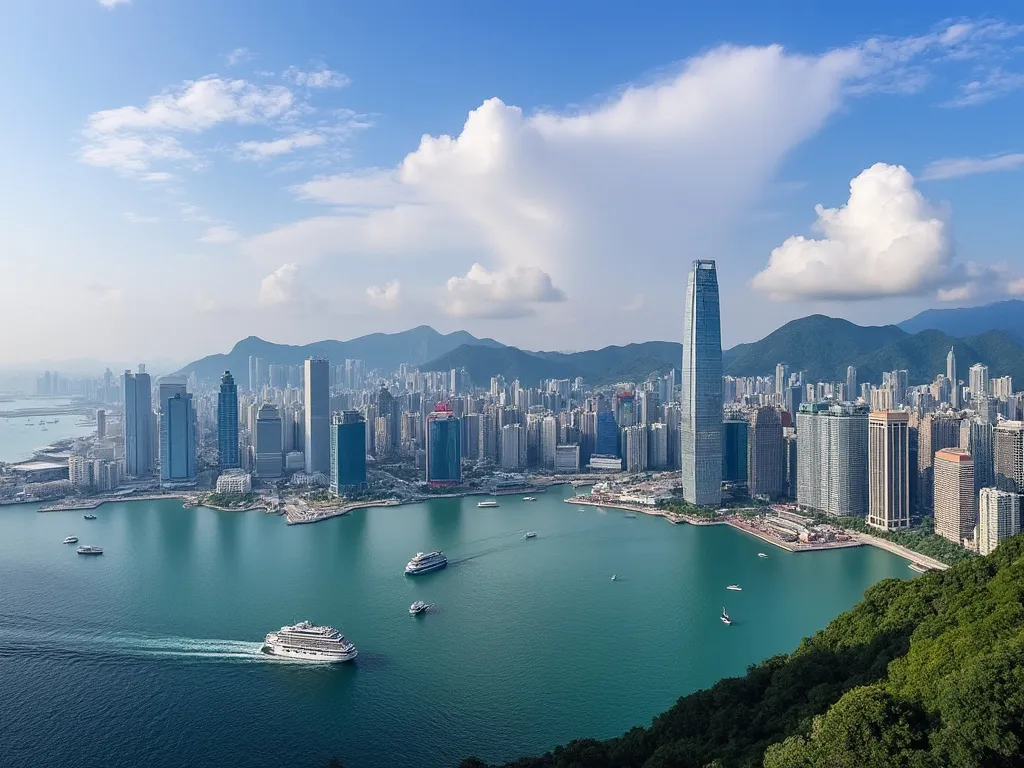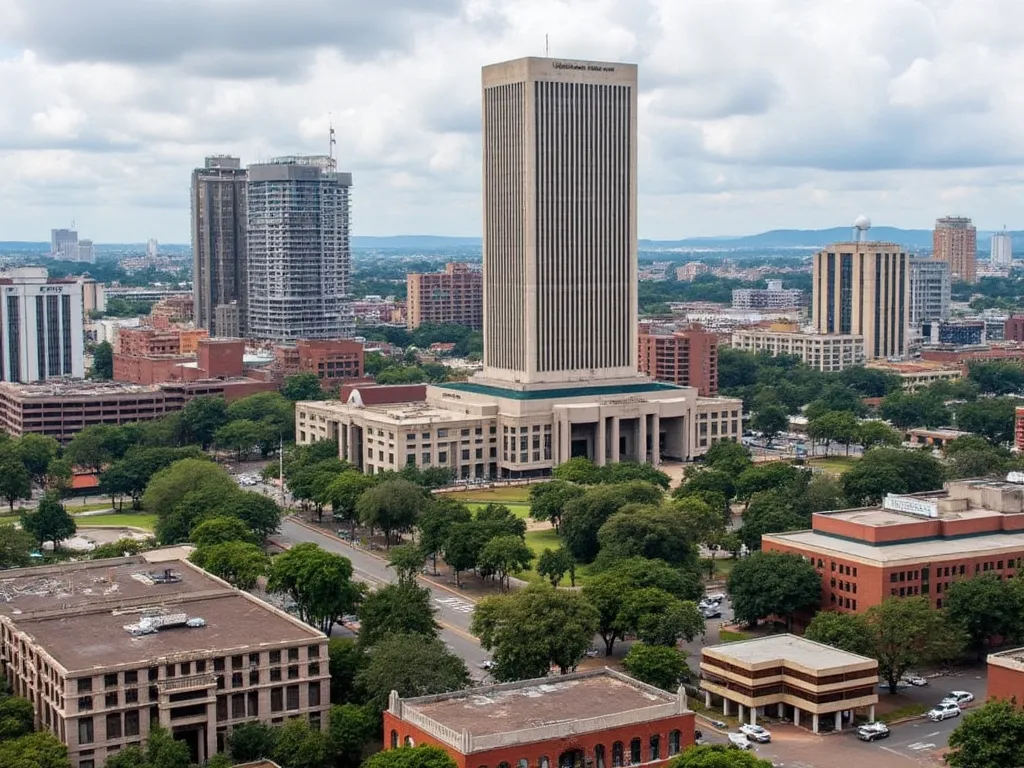
Havana, the capital city of Cuba, is a vibrant and historic city that embodies the country's rich cultural heritage. Founded in 1519 by Spanish colonizers, Havana has grown into a thriving metropolis, blending colonial architecture, stunning natural beauty, and a lively atmosphere. From its colorful streets to its iconic landmarks, Havana is a city that will captivate and inspire visitors from around the world.
| Country | 🇨🇺 Cuba |
| Population | 2,106,146 |
| Coordinates | 23.1333° N, 82.3833° W |
| Area | 721 km² |
| Climate | Tropical savanna climate |
| Language | Spanish |
| Currency | Cuban peso |
| Time zone | CST (UTC-5) |
| Proximity to other major cities | Miami (363 km), Mexico City (1,444 km), Panama City (1,554 km) |
Interesting facts about Havana
- Havana is home to the famous Malecón, a 5-mile-long seawall that stretches along the Atlantic coast.
- The city is home to the Museo de la Revolución, which houses a vast collection of artifacts related to the Cuban Revolution.
- Havana is a UNESCO World Heritage Site, recognizing its rich cultural and historical significance.
Tourist attractions in Havana
From colonial architecture to vibrant cultural attractions, Havana has a wealth of exciting experiences waiting to be discovered. Some popular attractions include:
- Old Havana (Habana Vieja), a charming neighborhood filled with colonial-era buildings and cobblestone streets
- The Capitolio, a stunning example of neoclassical architecture that served as the country's Capitol building from 1929 to 1959
- The Plaza de la Revolución, a grand square that is home to several important monuments and museums
- The Tropicana nightclub, a world-famous venue that showcases traditional Cuban music and dance
Historical Background of Havana
Havana's history dates back to the early 16th century, when it was a major hub for trade and commerce. The city's strategic location on the Caribbean coast made it an attractive spot for Spanish colonizers, who established it as a fortified settlement in 1519. Over the centuries, Havana has been influenced by various cultures, including African, Spanish, and American. The city has been a key player in the Cuban Revolution, with many significant events unfolding within its streets. Today, Havana is a testament to the country's resilience and determination.
Geographical Location of Havana
Located on the northwestern coast of Cuba, Havana is nestled between the Atlantic Ocean and the Gulf of Mexico. The city is situated on a narrow strip of land, surrounded by hills and coastal cliffs. The harbor, which is one of the largest in the Caribbean, has played a crucial role in Havana's development as a major trading center.
Cultural Significance of Havana
Havana is renowned for its vibrant cultural scene, which reflects the city's eclectic mix of influences. Music, dance, and art are integral parts of Havana's identity, with genres like salsa, rumba, and jazz being closely associated with the city. The city is also home to numerous museums, galleries, and cultural institutions, showcasing Cuba's rich cultural heritage.
Economic Importance of Havana
As the capital city of Cuba, Havana is a major economic hub, with a diverse range of industries driving the country's economy. The city is a key center for manufacturing, finance, and trade, with a strong focus on tourism, agriculture, and biotechnology.
Conclusion on Havana
Havana, the capital city of Cuba, is a city that embodies the country's rich cultural heritage, resilience, and determination. From its vibrant streets to its iconic landmarks, Havana is a city that will captivate and inspire visitors from around the world. Whether you're interested in history, culture, music, or simply experiencing the city's infectious energy, Havana is a destination that is sure to leave a lasting impression.
 Helsinki
Helsinki
 Hong Kong
Hong Kong
 Hanoi
Hanoi
 Harare
Harare